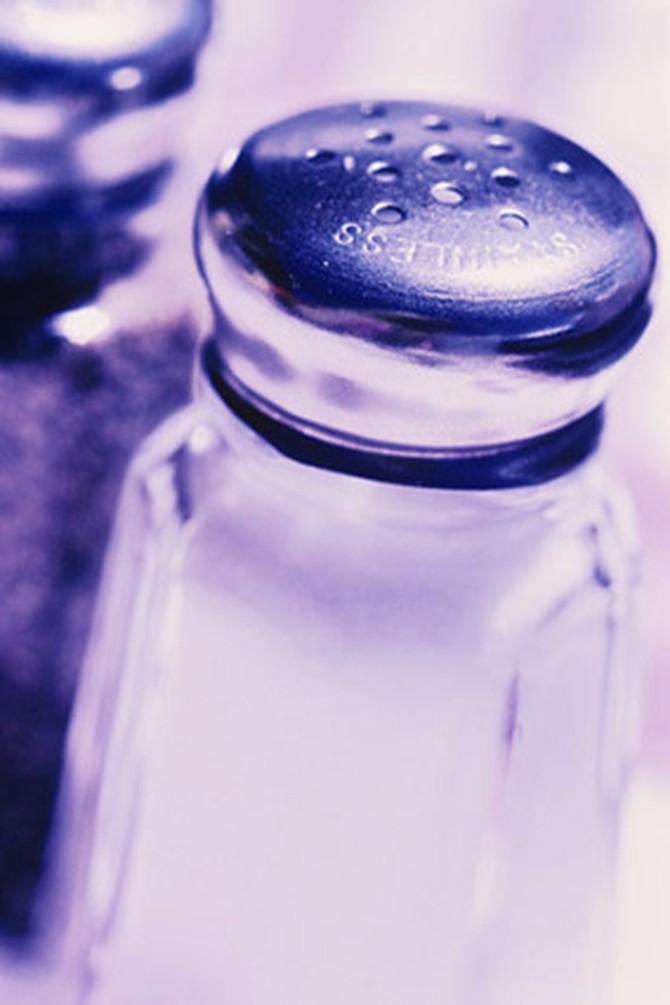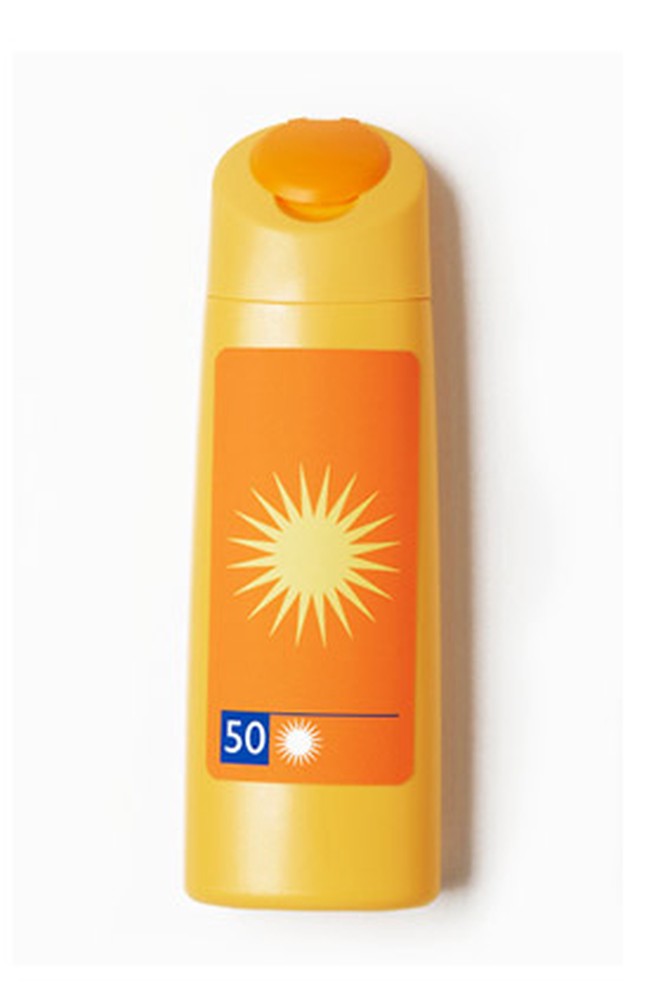4 Simple Health Rules to Boost Your Body and Soul at Any Age
These simple rules will give your body and soul a boost throughout your life.
By Dr. Mehmet Oz

Photo: Levi Brown
Test This: Gauge Your Waist
Grab a measuring tape and wrap it around your body at the top of your hipbones; the number you see indicates how much abdominal fat you have. Anything over 35 inches means you're at increased risk for type 2 diabetes, high cholesterol, and heart disease—even if your body mass index (BMI) falls within a healthy range. Do moderate-intensity cardio exercises like walking, jogging, or biking for two or more hours every week and you could shave about an inch off your waist over the course of six months, according to a study in the American Journal of Medicine.

Photo: Thinkstock
Do This: Stay in Touch
Maintaining meaningful relationships can do wonders for your health. On average, people with strong social networks are 50 percent more likely to outlive those with fewer ties, according to a Brigham Young University study. Later in life, close connections may protect your brain in particular: Researchers believe the cognitive activity required to interact socially helps keep your mind sharp.

Photo: Thinkstock
Eat This: Try Salt Substitutes
The average American ingests about 3,400 milligrams of sodium every day, mostly from processed foods. Too much of the white stuff can raise your blood pressure and increase your risk of heart disease, so aim to eat less than 2,300 milligrams (one teaspoon) a day. For a savory taste without salt, consider these spice swaps offered by John Gregory-Smith, author of Mighty Spice Cookbook:
Chinese Five Spice: Mix 1 tsp. licorice-flavored seasoning with 2 tsp. olive oil and brush it over 1 chicken or fish fillet before grilling.
Chili Flakes: Sprinkle 1/8 tsp. on top of 1/2 cup unsalted, roasted nuts for a tasty kick.
Garam Masala: Mix 1/2 tsp. of this staple of Indian cooking with 2 tsp. butter and 1 chopped scallion and spread it on a baked potato.
Cumin: Combine 1 tsp. of this earthy seasoning with 3 1/2 ounces ground beef or turkey for a heartier burger.
Chinese Five Spice: Mix 1 tsp. licorice-flavored seasoning with 2 tsp. olive oil and brush it over 1 chicken or fish fillet before grilling.
Chili Flakes: Sprinkle 1/8 tsp. on top of 1/2 cup unsalted, roasted nuts for a tasty kick.
Garam Masala: Mix 1/2 tsp. of this staple of Indian cooking with 2 tsp. butter and 1 chopped scallion and spread it on a baked potato.
Cumin: Combine 1 tsp. of this earthy seasoning with 3 1/2 ounces ground beef or turkey for a heartier burger.

Photo: Thinkstock
Avoid This: Getting Burned
Skin cancer is the most common form of cancer in the United States, but it is also one of the most preventable. Apply sunscreen (with a minimum 30 SPF) every two hours when you're outside for more than 15 minutes. And to make sunblock part of your life, follow these tips from three-time melanoma survivor Hillary Fogelson, author of Pale Girl Speaks: A Year Uncovered.
"First, find a favorite. Women will hunt for the perfect lipstick forever, but we don't take the time to test multiple sunscreens. Think about it, though: If a product ends up feeling sticky on your skin, you won't wear it every day. And don't leave home without it. I carry a sunscreen stick in my purse, so I'm never unprepared."
Next: Dr. Oz's 24 smart strategies for feeling great at every age
"First, find a favorite. Women will hunt for the perfect lipstick forever, but we don't take the time to test multiple sunscreens. Think about it, though: If a product ends up feeling sticky on your skin, you won't wear it every day. And don't leave home without it. I carry a sunscreen stick in my purse, so I'm never unprepared."
Next: Dr. Oz's 24 smart strategies for feeling great at every age
From the January 2013 issue of O, The Oprah Magazine
As a reminder, always consult your doctor for medical advice and treatment before starting any program.

